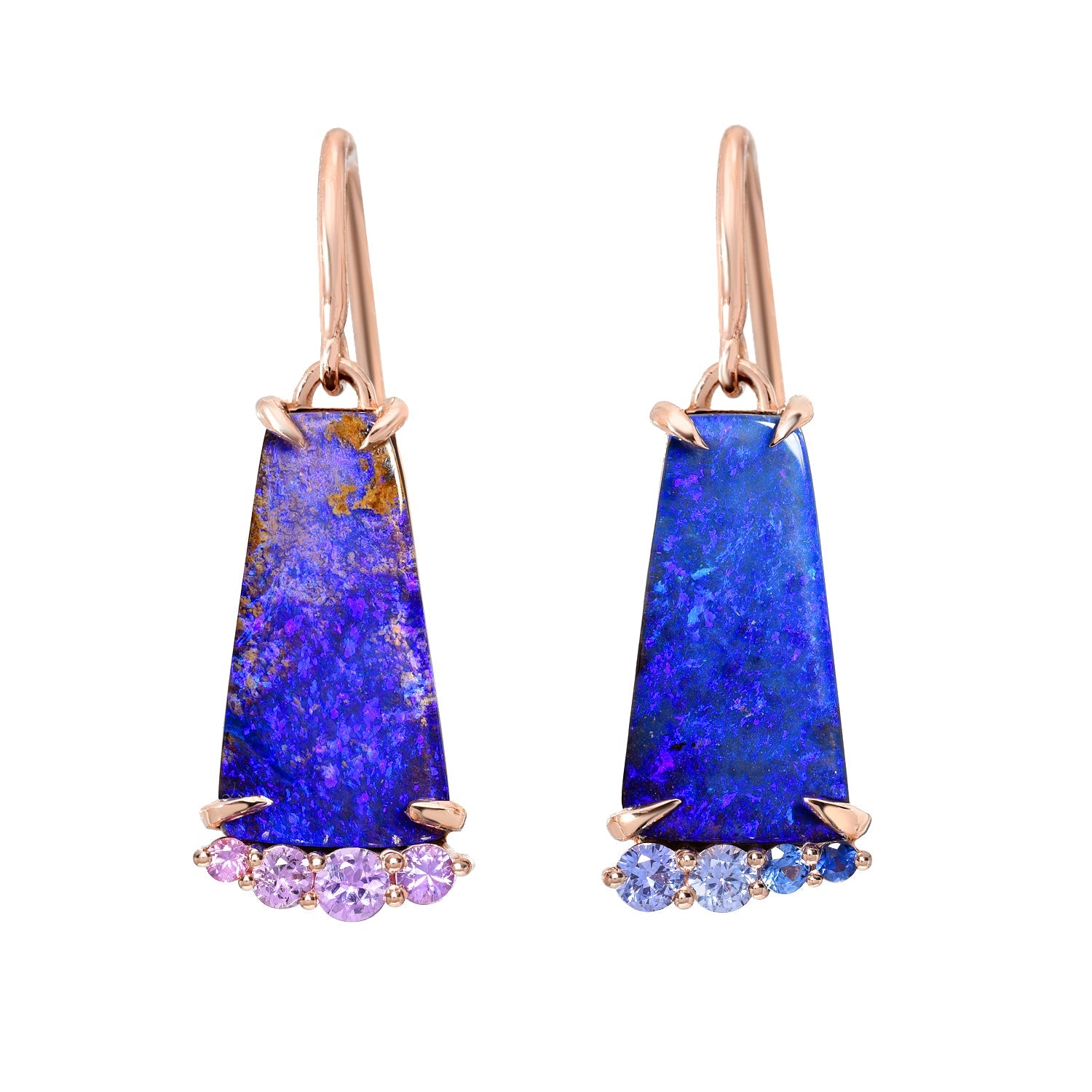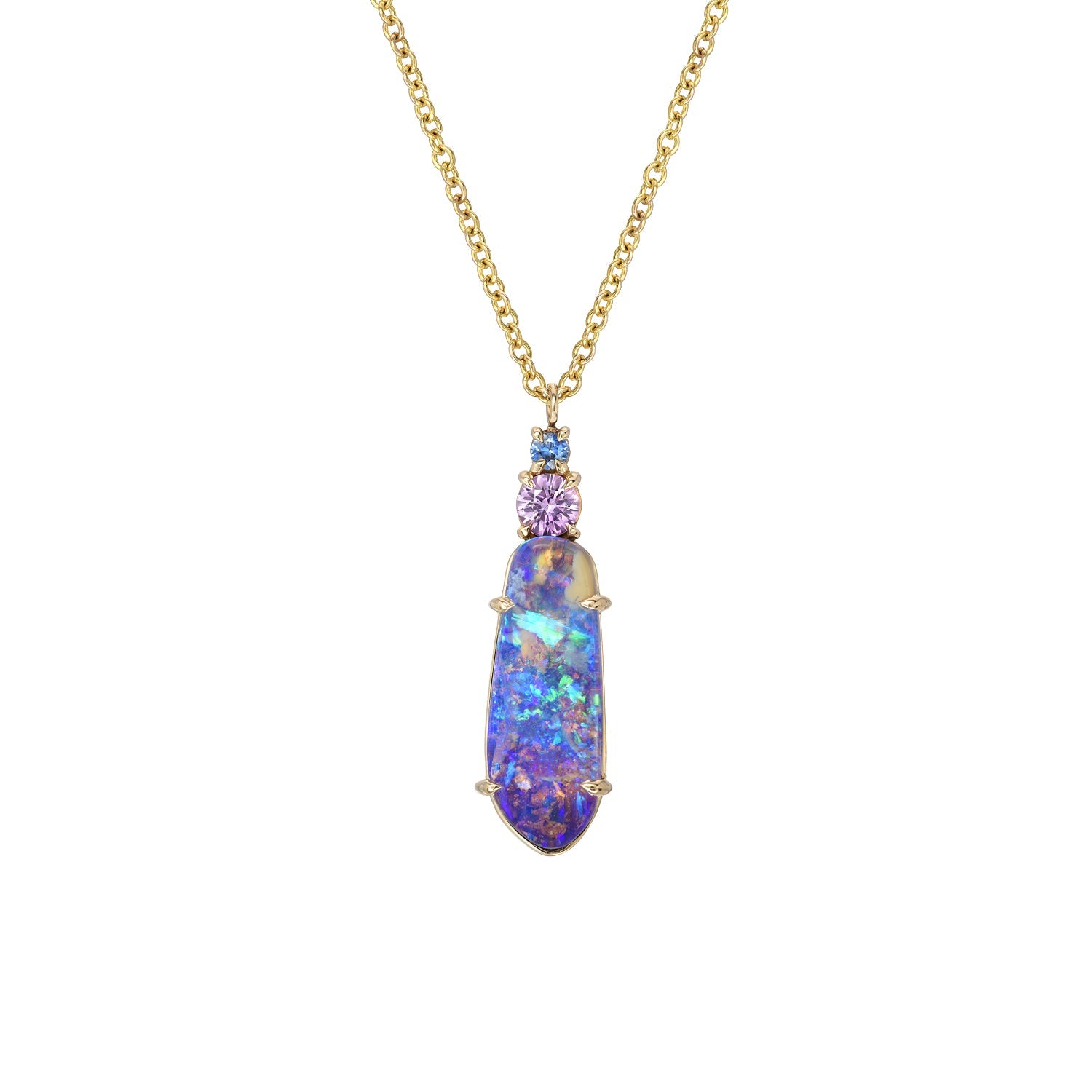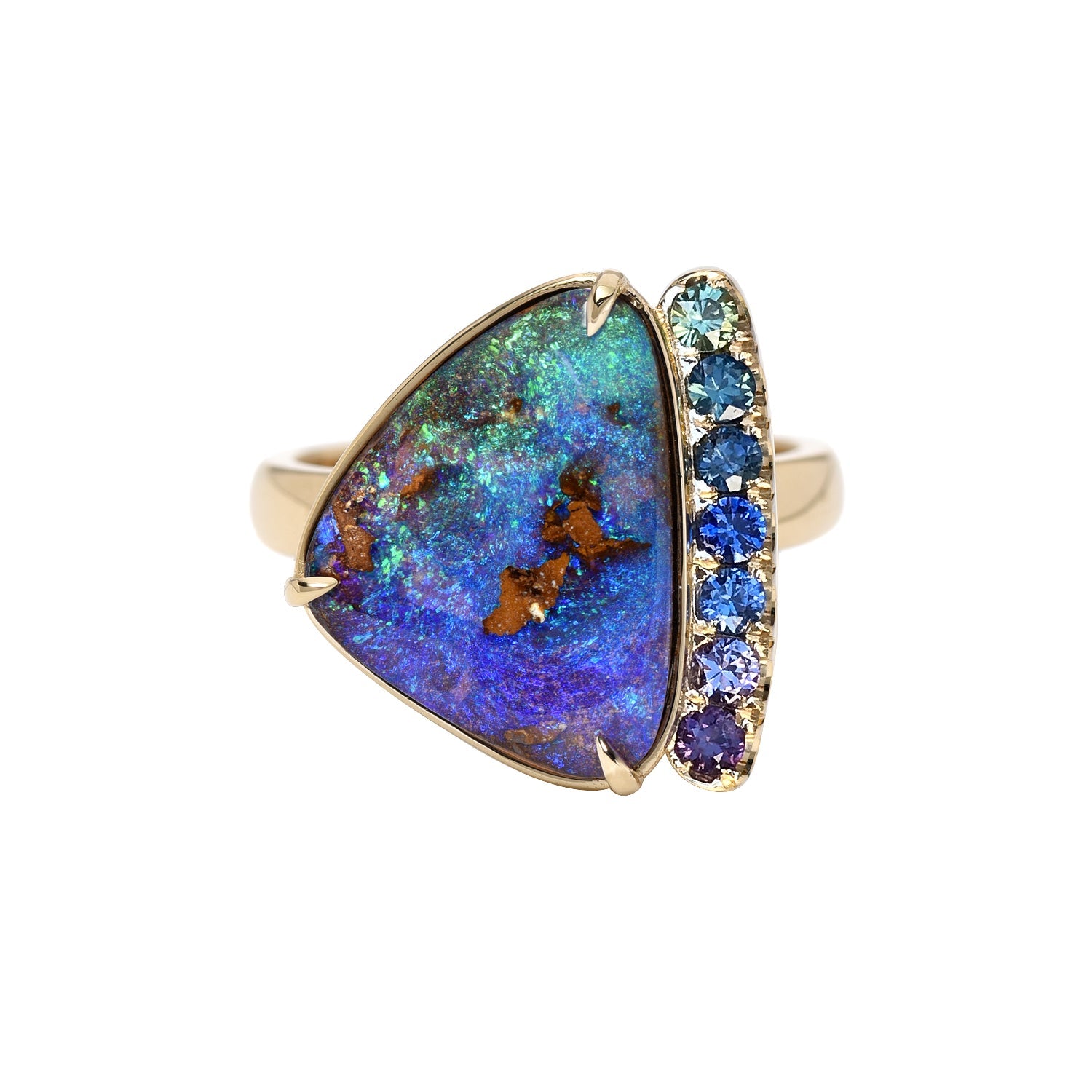
Take a trip to Marseille… at least for the day
nicole gluckmanShare
The oldest city in France is known for many things: its rich history of trade, diverse and vibrant culture, flavorful cuisine, and its stunning turquoise waters. But it is perhaps most venerated for its mastery of soap making — and not just any soap, but the strictly protected Savon de Marseille.

While the distinguished port city was founded by Greek sailors from modern day Turkey (who originally named it Massalia, perhaps derived from the Greek words for “further” and “sea” — think “city on the far end of the sea”) more than 2,600 years ago, it wasn’t until the later part of the Middle Ages that residents began producing the eponymous soap. Their saponification method is believed to have originated in the Middle East, spreading through neighboring countries before making its way to Marseille.
There’s evidence that wild olive oil trees existed in France as far back as 8,000 BC, but it was the city’s founders, and later the Romans, who introduced and expanded olive oil cultivation in the region. The increased production of olive oil (primarily for local consumption) continued well into the Middle Ages, leading to a surplus that made its use in soap a pragmatic and economical choice.

By the late 1600s, there were at least seven factories dedicated to making it, prompting King Louis XIV to issue the Edict of Colbert. This law aimed to regulate and standardize the product, so that only those producers who used sanctioned ingredients and production methods could stamp their soaps with the symbol of Savon de Marseille — a mark of authenticity.

The traditional ingredients that are still used by the remaining four original soap manufacturers in the union of Marseille soap makers include olive oil (and sometimes other types of vegetable oils), washing soda, Mediterranean sea salt, and water. One of these companies — Marius Fabre — explains that making the savon requires multiple steps and can take up to 10 days. The main steps include boiling and emulsifying the oil in ancient cauldrons; adding sea salt to purify and solidify the oils; and liquidation that transforms the soap into a smooth paste that is then poured into square molds where it cools and takes on the hallmark block shape and stamp.
Modern bona fide Marseille soaps may come in a variety of shapes, like ovals and rectangles, but never whimsical shapes, and they are always either brown, beige, or olive green (green bars have the highest concentration of olive oil), and bear the unique logo stamp. And because authentic bars are pure and free from additives and fragrances, they’re 100% biodegradable and gentle on skin. In other words, although French lavender products abound in the markets of Marseille, if you come across a bar of “Savon de Marseille” that’s purple (or any other non-authentic color), whimsically shaped, smells strongly of perfume, or irritates the skin, you’ve just spotted an impostor.

Peer into our Marseille for a Day earrings and, reflected back, you’ll find the warm colors of the Mediterranean in the iridescent surface of their rectangular opals. Their shape is reminiscent of the authentic bars of soap stacked high in the ancient city’s open-air markets, and their dainty diamond border pays tribute to the salty spray that leaves a soft white dust upon authentic savon de Marseille. Come, get lost in Marseille… at least for the day.




